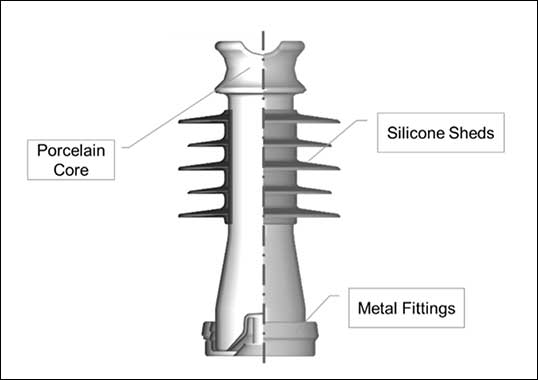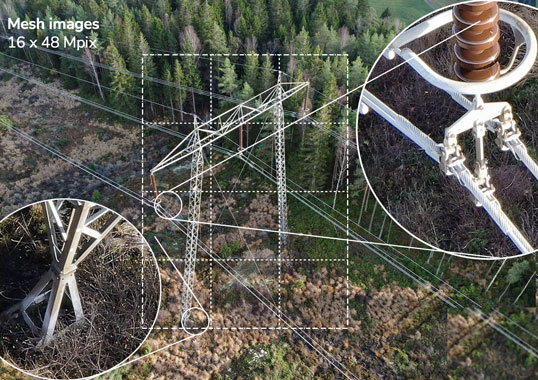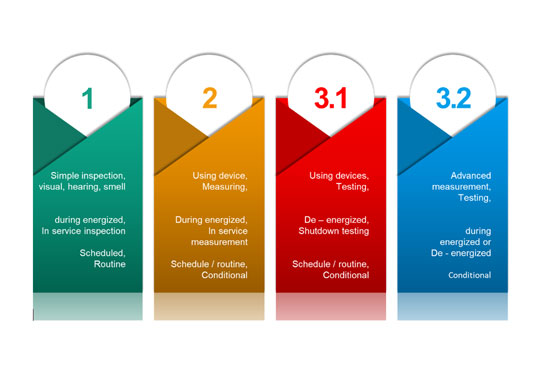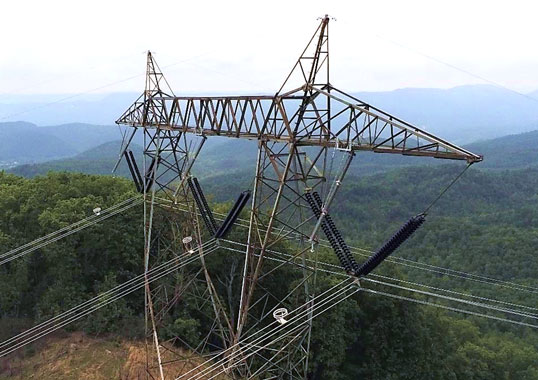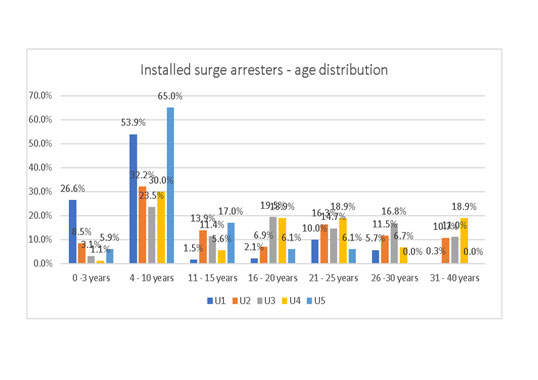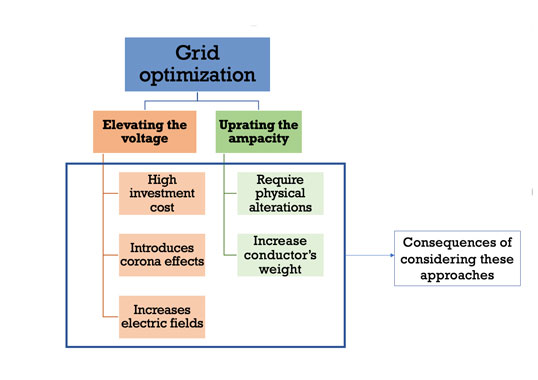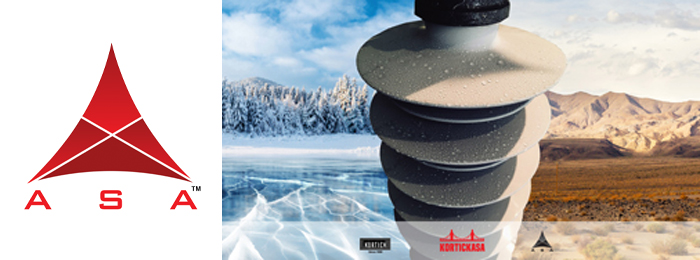Hybrid Insulators for Distribution Lines: Advantages & Application Experience by Eduardo Hilsdorf
Extreme service conditions and heavy pollution such as encountered in industrial, desert or coastal environments can lead to electrical activity on insulators in the form of high leakage currents. The polluted surface of an insulator operating in such regions can then lead to flashover and ultimately to outages. At the same time, power networks worldwide are striving to avoid such blackouts as well as any frequent shutdowns of lines due to maintenance activities such as washing. While the majority of insulators currently in use on transmission and distribution networks worldwide are porcelain, use of polymeric composite insulators has been increasing rapidly. A combination of these technologies has now emerged as a new class of insulator – the hybrid – combining known advantages of a porcelain core such as mechanical strength, stability and longevity with the excellent performance of silicone housings in highly contaminated service conditions. Until recently, there was no standard defining classification and testing methodology for hybrid insulators and this resulted in manufacturers creating their own classifications and test methods with both good and bad solutions. Fortunately, a new IEC standard provides definitions, test methods and acceptance criteria for hybrid insulators for AC and DC applications. This presentation reviews R&D work as well as field application experience over the past 15 years with medium voltage hybrid insulators.

